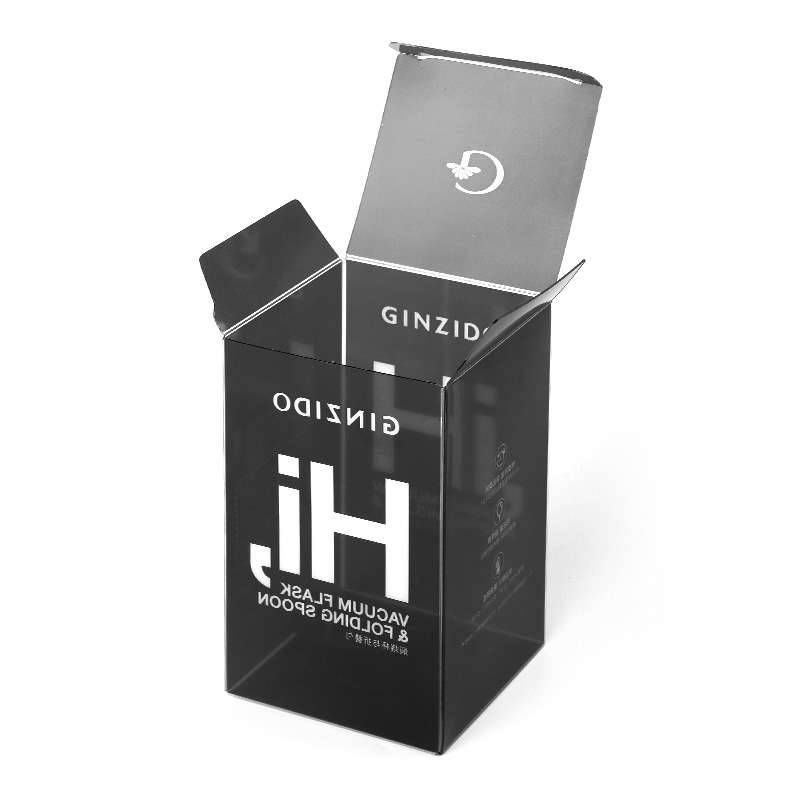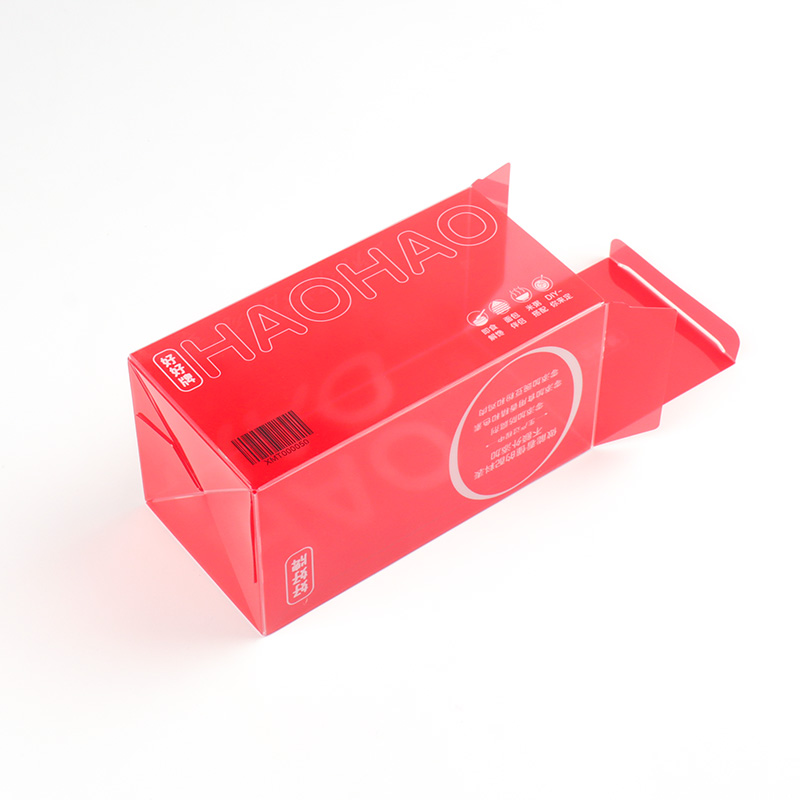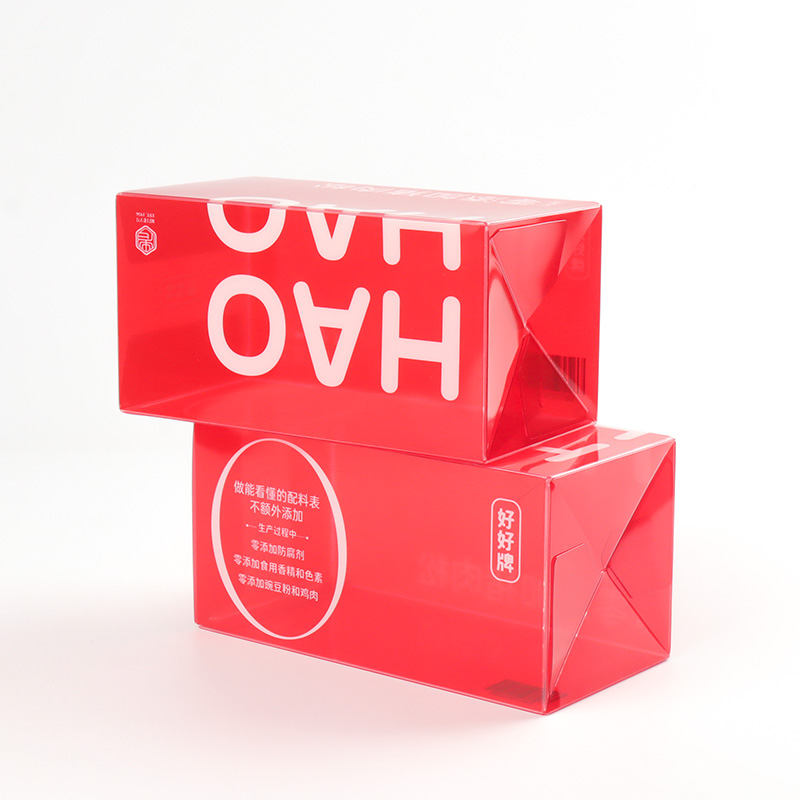Blister packaging products can be selected from a wide range of plastic sheets, rolls and other raw materials, a wide range of applications. One of the more common blister packaging raw materials are: polyvinyl chloride (PVC) \ polyester (PET or PETP) \ polyethylene (PE) \ polypropylene (PP) \ polyvinylidene chloride (PVDC) \ polycarbonate (PC) and so on the six kinds of plastic packaging materials. In the actual application, the need for packaging products according to the requirements of blister packaging products to choose the right raw materials. Such as: packaging of electronic products with PET \ PS and other anti-static sheet; food blister packaging products with environmentally friendly, non-toxic sheet; cosmetic products packaging flocking tray. The following are the main raw materials performance and application of the advantages and disadvantages of the situation.

PVC sheet for blister packaging - polyvinyl chloride (PVC sheet):
PVC plastic sheet can be roughly divided into three categories of soft products, hard products and paste products, soft products in the plasticiser in about 20%, hard products plasticiser not less than 5%. Rigid PVC because it does not contain or rarely contain plasticisers, the finished product without plasticiser odour, and excellent mechanical strength, light weight, chemical stability, so made of PVC blister containers are widely used for beverage packaging. PVC resin used for beverage blister packaging is allowed to contain only 1 mg of vinyl chloride monomer, with this PVC material production of blister packaging products packaging beverages, vinyl chloride monomer can not be measured in food.

PET blister packaging for blister packaging - polyester (PET/PETP sheet):
PET/PETP sheet is a colourless, transparent, crystalline and extremely tough plastic material. Have the appearance of glass, odourless, tasteless, non-toxic, easy to burn, good airtightness. PET plastic material coefficient of expansion is small, low shrinkage rate of moulding, only 0.2%, is one tenth of polyolefin, smaller than PVC and nylon, so the size of the product is stable. In addition, PET material production of blister packaging products mechanical strength, the degree of expansion and aluminium similar to the film strength of polyethylene (PE) 9 times, polycarbonate and nylon 3 times, the impact strength of the general film 3 to 5 times. And its film has moisture-proof and fragrance-preserving properties. Although polyester (PET / PETP sheet) has the above advantages, but its film is more expensive, heat sealing difficulties, prone to static electricity, so the use of a separate very little, mostly with a better heat sealing resin coated together to make composite films. PET blister bottle production has developed rapidly in recent years, and heat-resistant PET bottles are widely used for tea drinks, juice drinks and other beverages that require hot canning.

PE sheet for blister packaging-Polyethylene (PE)
Polyethylene (PE) is the world's largest production of synthetic resins, but also the largest consumption of plastic packaging materials, accounting for about 30% of plastic packaging materials. Its performance advantages are mainly manifested in the better transparency, softness, elongation, impact resistance and low temperature resistance than HDPE for the better, in all kinds of packaging in the amount is still larger, but as a food packaging materials and its shortcomings are more obvious.

PC blister packaging sheet - polycarbonate (PC)
PC is a colourless, transparent, bright and beautiful plastic. Because PC is non-toxic, odourless, prevent ultraviolet transmission performance and moisture preservation performance is good, wide range of temperature resistance, in -180 ° C does not crisp, in 130 ° C environment can be used for a long time, so it is an ideal food packaging materials. The use of PC impact resistance, easy to form the characteristics of the bottle, can be manufactured into bottles, cans and various forms of containers for packaging beverages, alcohol, milk and other fluid substances. The biggest disadvantage of polycarbonate (PC) is stress cracking. In addition to the production of high-purity raw materials, strict control of various processing conditions, the use of small internal stress resin modification, such as a small amount of polyolefin, nylon, polyester, etc. Melt blending, can significantly improve the resistance to stress cracking, water resistance.
PVDC Sheet for Blister Packaging-Polyvinylidene Vinylidene Chloride (PVDC)
The characteristics of PVDC is soft and has very low air permeability, can prevent odor through, freshness, aroma retention performance is good, suitable for long-term preservation of food; acid, alkali, chemicals and oil resistance performance is excellent, has good heat shrinkage, suitable for sealing packaging, is a better heat shrink packaging materials. The disadvantages of PVDC are that it is too soft and has poor operation performance; it is highly crystalline, easy to crack and perforate, and has poor aging resistance.
PP sheet for blister packaging - polypropylene (PP)
Polypropylene (PP) plastic raw materials are highly crystalline structure, permeability for polyethylene (PE) 1/4 ~ 1/2, high transparency, surface finish, good processing performance, widely used in the preparation of fibers, molding products, commonly used in plastic film. Various types of polypropylene (PP) plastic materials have a common feature with static electricity, in order to solve this problem, generally coated with anti-static agent on the PP material. In the PP plastic materials coated with airtight polyvinylidene chloride resin can improve the oxidation resistance of PP. At present, with airtight, easy to heat polypropylene (PP) coated film and other films, cellophane, paper, aluminium foil made of composite plastic materials have been produced in large quantities, with PP composite material blister molding blister packaging containers can be used for food, beverages, and other products packaging.
Prodotti correlati





















